Overall balance is the key to health
Traditional Chinese Medicine (TCM) is a centuries-old form of medicine rooted in Taoist philosophy. According to this tradition, human beings are part of Nature and obey its cycles, like all beings and phenomena. Therefore, to be healthy, humans must live in harmony with Nature and respect its laws. In other words, they must seek balance and harmony in all areas of life.
7 pillars to maintain health
Maintaining health and longevity has been for thousands of years the quest of ancient Taoists. To achieve this they recommended following the “Seven Pillars to Preserve Health” which invite to know how to:
-
- eat
- move
- breathe
- rest
- make love
- manage our emotions
- respect the laws of nature
These 7 pillars are more relevant than ever. Chinese medicine is a holistic medicine. Staying in good health requires treating the physical body with respect through healthy food, exercise and rest … But it also requires knowing how to control one’s mind and emotions, emotional disorders being considered a major source of imbalance, and therefore diseases. Environmental factors such as climate and place of residence also have a major impact on health. This is why the art of Feng Shui is also considered as one of the tools of Chinese medicine.
Man between Heaven and Earth
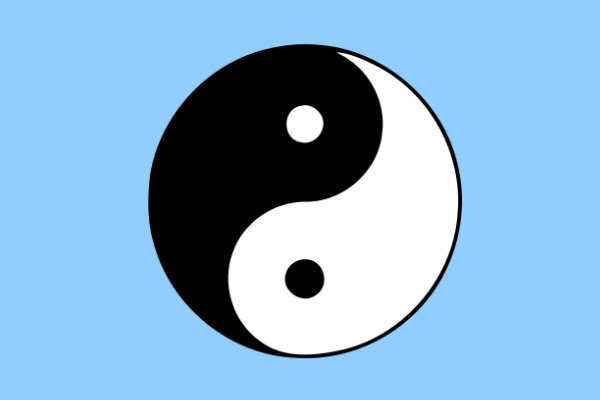
According to Taoist tradition, man is a microcosm of Nature, a miniature universe. Man represents the link between Heaven and Earth.
To be balanced, he must accept his dual nature, material (symbolized by the Earth) and spiritual (symbolized by Heaven or the Cosmos). He must nourish both his material and spiritual needs.
This duality is the basis of the Yin/Yang theory, symbolized by the famous Tai Chi sign. Yin is the principle relating to the Earth and the material world, while Yang relates to Heaven and the subtle or immaterial aspect of life.
The Tai Chi sign represents how the complementary yin and yang principles transform and evolve in a perpetual search for balance. All manifestations of life in the Universe obey this rule.
Life is movement
“Everything observable by the senses is subject to change and therefore in motion… we cannot command the winds and waves to cease, but we can learn to navigate dangerous currents by behaving in harmony with the ongoing energies of transformation, and therefore in the storms of life,” says the famous book of the I Ching, also known as the Classic of Changes. Living in harmony with Nature requires humans to adapt and follow the flow of life. It is futile to try to control Nature, or simply to ignore it.
To represent these perpetual transformations in Nature, Chinese Medicine created the theory of the five elements. The five elements or five movements are: wood, fire, earth, metal, and water. Each element represents a specific movement and quality of qi (or life energy). These five movements or elements are linked by different types of cycles within a harmonious and balanced system.
According to TCM, yin and yang must be in balance, as must the five elements. When imbalances appear, health is affected.
Chinese medicine uses these principles and models to perform its diagnosis. It then employs various tools to restore balance so that the body can find its own path to self-healing. These tools include: diet, herbal remedies, acupuncture, cupping and moxa, tuina massage, and qigong.

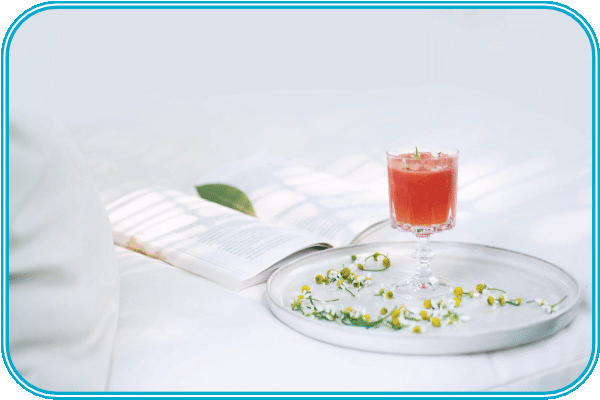
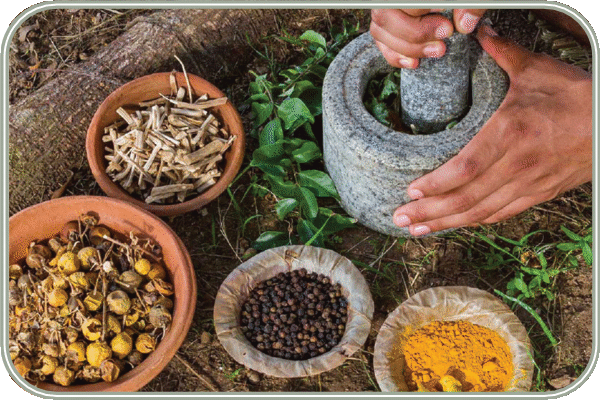

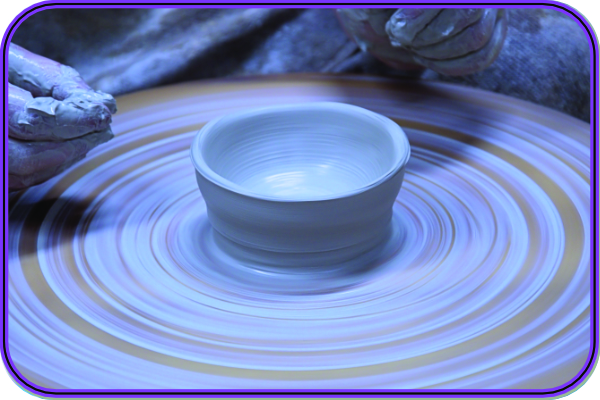
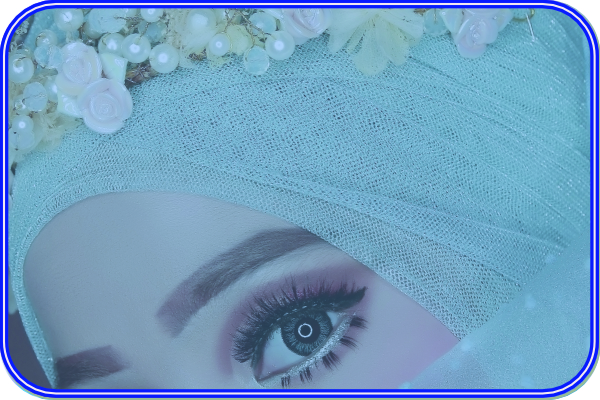
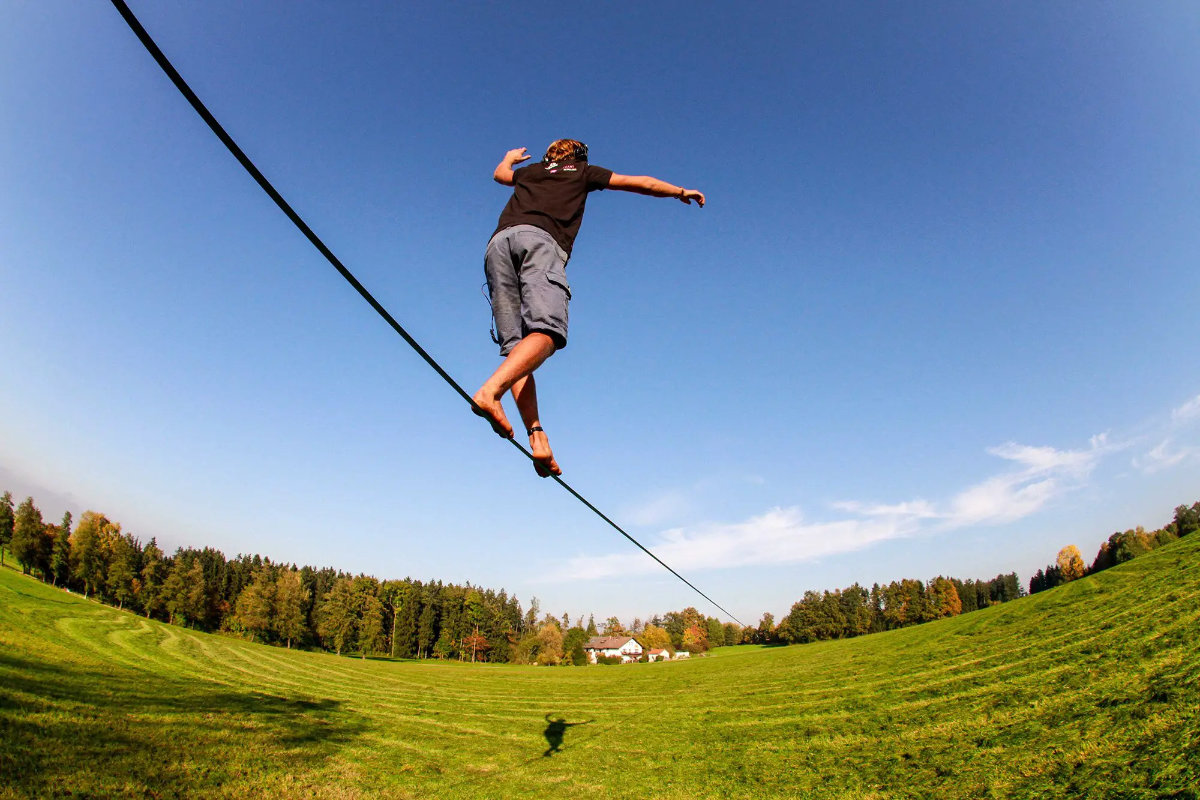
0 Comments